Como Funciona Una Camara Digital En Ingles ?
A digital camera works by capturing light through a lens and converting it into digital data. The lens focuses the light onto an image sensor, which is made up of millions of tiny light-sensitive pixels. Each pixel measures the intensity of light that hits it and converts it into an electrical signal.
The electrical signals from the pixels are then processed by the camera's image processor, which applies various algorithms to enhance the image quality and adjust settings such as exposure, white balance, and color saturation. The processed image data is then stored in a digital format, typically as a JPEG or RAW file, on a memory card.
Digital cameras also have various features and settings that allow users to control aspects such as focus, shutter speed, aperture, and ISO sensitivity. These settings can be adjusted manually or automatically, depending on the camera's capabilities.
Once the image is captured and stored, it can be transferred to a computer or other devices for viewing, editing, and sharing. Some digital cameras also have built-in Wi-Fi or Bluetooth capabilities, allowing for wireless transfer of images to smartphones or other devices.
1、 Image capture and processing
A digital camera works by capturing light through a lens and converting it into digital data that can be stored and processed. The process begins when light enters the camera through the lens and passes through a series of optical elements, such as a prism or mirror, which direct the light onto the image sensor.
The image sensor, typically a charge-coupled device (CCD) or a complementary metal-oxide-semiconductor (CMOS) sensor, is made up of millions of tiny light-sensitive pixels. Each pixel measures the intensity of light that falls on it and converts it into an electrical charge. The charges from all the pixels are then read out and converted into digital data.
Once the digital data is obtained, it is processed by the camera's image processing engine. This engine applies various algorithms and adjustments to enhance the image quality, such as noise reduction, color correction, and sharpening. The processed image is then saved onto a memory card or internal storage.
Modern digital cameras often have additional features and technologies to improve the overall photography experience. These may include autofocus systems, image stabilization, face detection, and advanced shooting modes like burst mode or HDR (High Dynamic Range).
In recent years, there have been advancements in digital camera technology, such as the introduction of mirrorless cameras and improvements in sensor resolution and low-light performance. Additionally, the integration of Wi-Fi and Bluetooth connectivity allows for easy sharing and remote control of the camera.
Overall, digital cameras have revolutionized the way we capture and process images, offering convenience, versatility, and high-quality results.
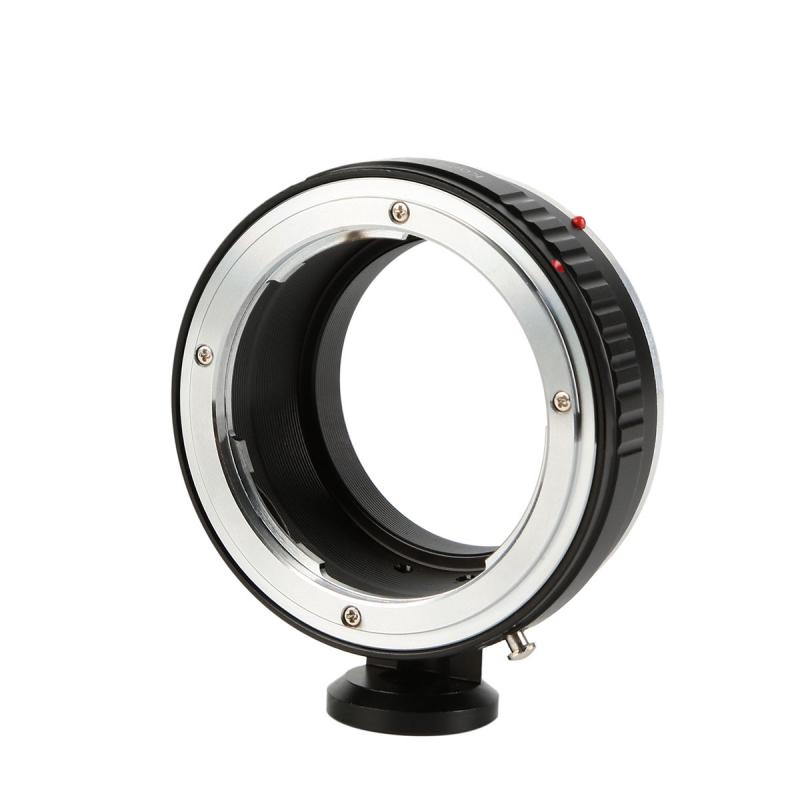
2、 Lens and sensor technology
A digital camera works by capturing light through a lens and converting it into a digital image using sensor technology. The lens focuses the light onto a sensor, which is made up of millions of tiny photosensitive cells called pixels. Each pixel measures the intensity of light that hits it and converts it into an electrical signal.
There are two main types of sensors used in digital cameras: CCD (Charge-Coupled Device) and CMOS (Complementary Metal-Oxide-Semiconductor). CCD sensors use a complex arrangement of capacitors to convert light into electrical signals, while CMOS sensors use transistors to amplify and convert the light.
Once the light is converted into electrical signals, it is processed by the camera's image processor. The image processor applies various algorithms to enhance the image quality, such as noise reduction, color correction, and image stabilization.
The processed image is then stored in the camera's memory card or internal storage. The camera's software allows users to review, edit, and delete the captured images.
In recent years, there have been advancements in lens and sensor technology that have greatly improved the performance of digital cameras. Lens technology has seen improvements in image stabilization, autofocus speed, and optical zoom capabilities. Sensor technology has also evolved, with higher megapixel counts, improved low-light performance, and better dynamic range.
Additionally, advancements in software and connectivity have allowed for features like Wi-Fi and Bluetooth connectivity, allowing users to easily transfer and share their photos wirelessly.
Overall, the combination of lens and sensor technology, along with software advancements, has made digital cameras more versatile and user-friendly, enabling photographers to capture high-quality images with ease.
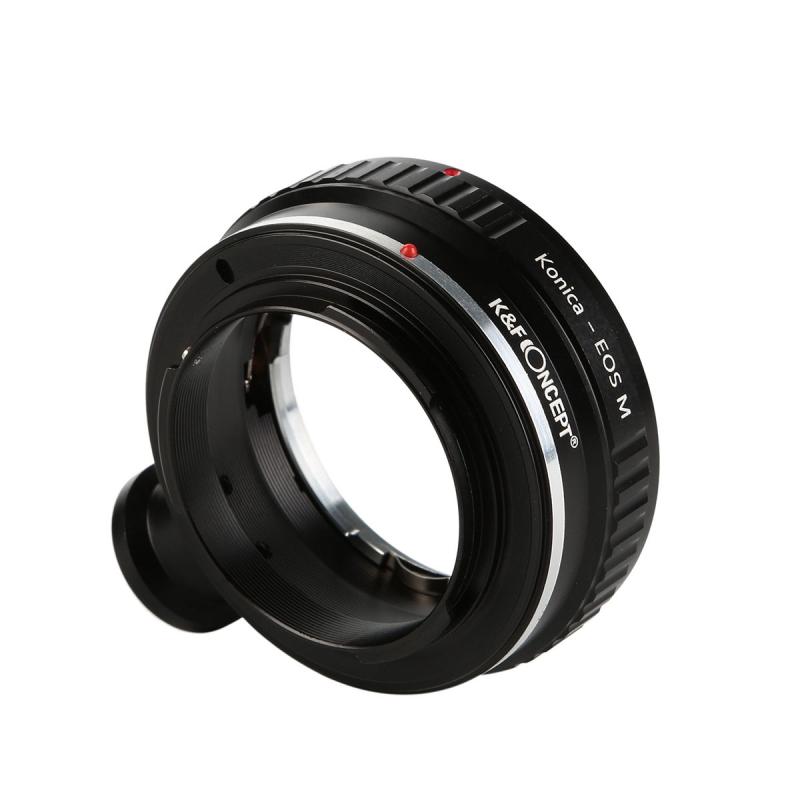
3、 Digital image storage and transfer
A digital camera works by capturing light through a lens and converting it into an electronic signal that can be stored as a digital image. The process begins when light enters the camera through the lens and passes through a series of optical elements, such as a zoom lens or filters, to focus and adjust the image. The light then reaches the image sensor, which is typically a charge-coupled device (CCD) or a complementary metal-oxide-semiconductor (CMOS) sensor.
The image sensor consists of millions of tiny photosensitive elements called pixels. Each pixel measures the intensity of light that falls on it and converts it into an electrical charge. The charges from all the pixels are then read by the camera's analog-to-digital converter (ADC), which converts the analog signals into digital data.
Once the image is converted into digital data, it is processed by the camera's image processor. The image processor applies various algorithms to enhance the image quality, adjust colors, and reduce noise. The processed image is then compressed using a specific file format, such as JPEG or RAW, to reduce its size and make it easier to store and transfer.
To store the digital images, cameras use memory cards or internal memory. Memory cards, such as SD cards or CompactFlash cards, provide removable storage that can be easily transferred to a computer or other devices. Internal memory, on the other hand, allows the camera to store a limited number of images directly.
To transfer the images from the camera to a computer or other devices, a USB cable or wireless connectivity options like Wi-Fi or Bluetooth are used. These options allow for quick and convenient transfer of images, enabling users to edit, share, and print their photos.
In recent years, digital cameras have evolved to include advanced features such as image stabilization, face detection, and high-resolution sensors. Additionally, the rise of smartphones with built-in cameras has revolutionized the way we capture and share images, making photography more accessible to everyone.
Overall, the functioning of a digital camera has remained consistent, but advancements in technology have greatly improved image quality, convenience, and accessibility.
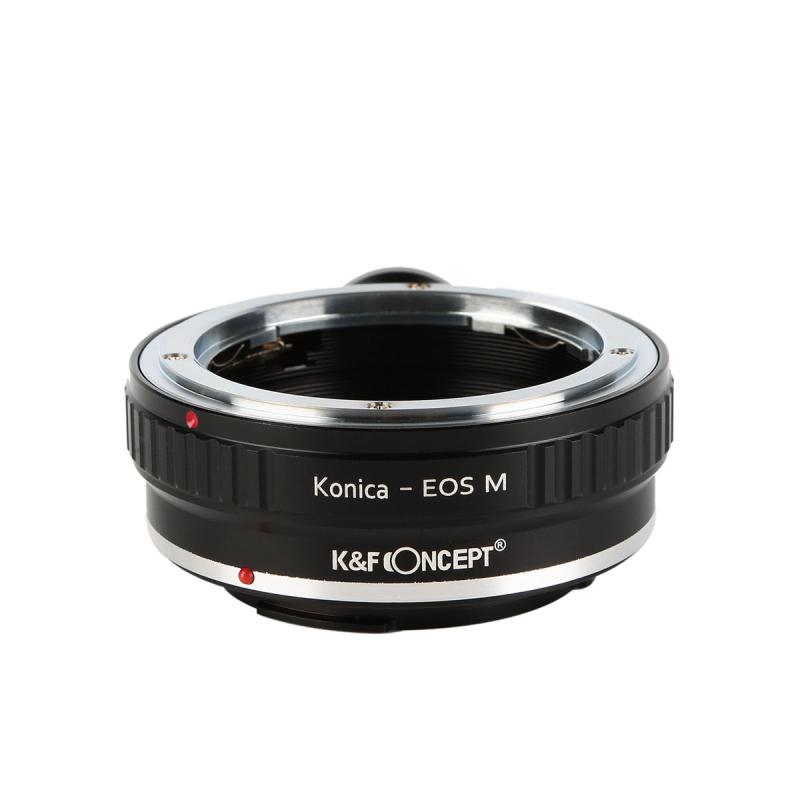
4、 Camera settings and controls
A digital camera works by capturing light through a lens and converting it into an electronic image that can be stored and displayed. The camera settings and controls play a crucial role in determining the outcome of the captured image.
The camera settings include options such as ISO, aperture, and shutter speed. ISO refers to the sensitivity of the camera's image sensor to light. A higher ISO setting is useful in low-light conditions but can introduce noise into the image. Aperture controls the amount of light entering the camera through the lens. A wider aperture (lower f-number) allows more light and creates a shallow depth of field, while a narrower aperture (higher f-number) lets in less light and increases the depth of field. Shutter speed determines the duration for which the camera's image sensor is exposed to light. A faster shutter speed freezes motion, while a slower speed creates motion blur.
In addition to these basic settings, modern digital cameras offer a wide range of advanced features and controls. These include autofocus modes, white balance settings, exposure compensation, and various shooting modes like portrait, landscape, and sports. Some cameras also have built-in image stabilization to reduce blur caused by camera shake.
Furthermore, digital cameras often come with a variety of shooting modes, such as manual, aperture priority, shutter priority, and program mode. These modes allow photographers to have more control over the camera settings or let the camera make decisions based on the desired outcome.
With advancements in technology, digital cameras now offer features like Wi-Fi connectivity, touchscreen displays, and even the ability to record high-quality videos. These features enhance the overall user experience and provide more creative possibilities.
In conclusion, a digital camera functions by capturing light and converting it into an electronic image. The camera settings and controls, including ISO, aperture, and shutter speed, play a crucial role in determining the outcome of the captured image. With advancements in technology, digital cameras now offer a wide range of features and shooting modes, providing photographers with more creative possibilities.
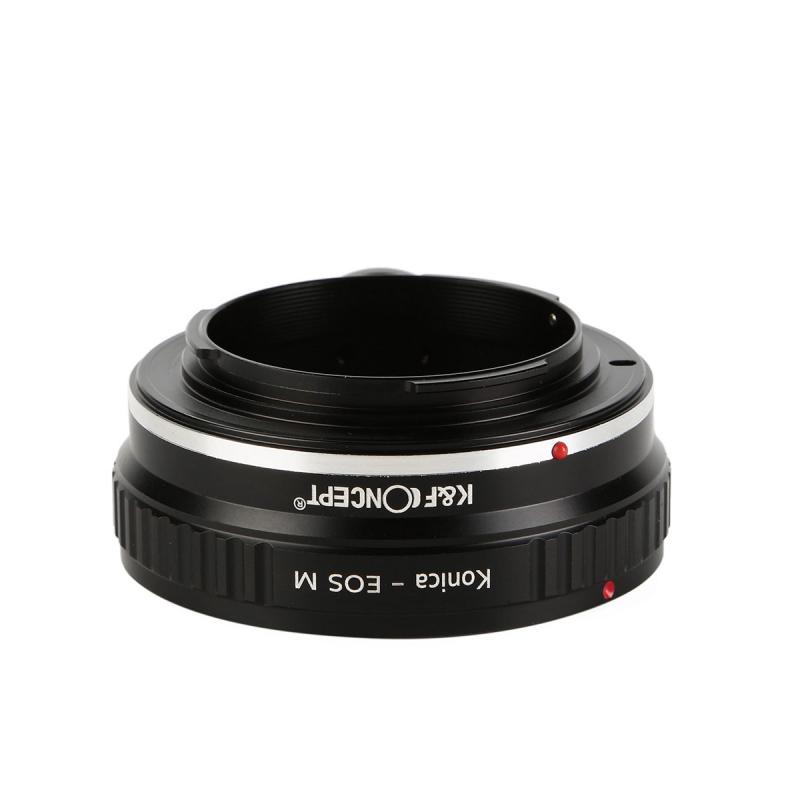

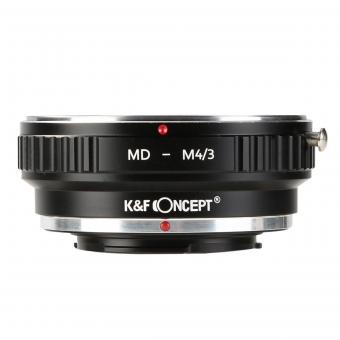
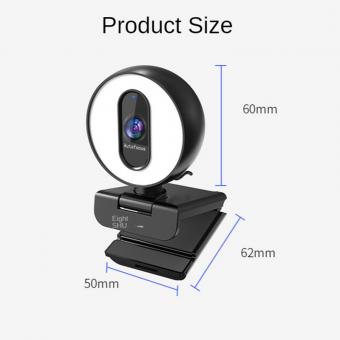
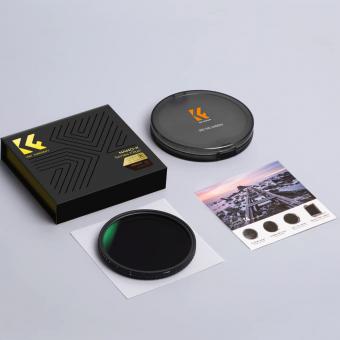



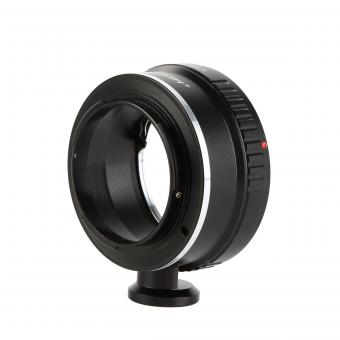


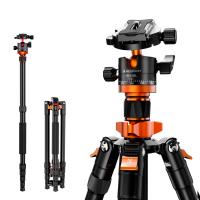



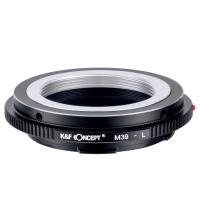
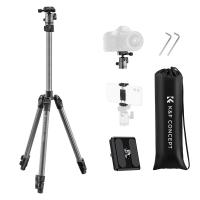

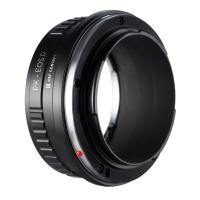

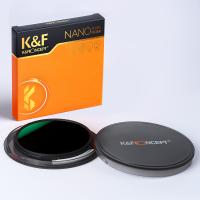

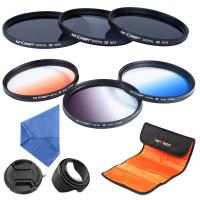

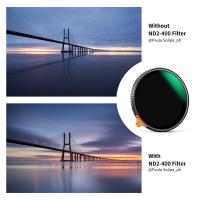
There are no comments for this blog.